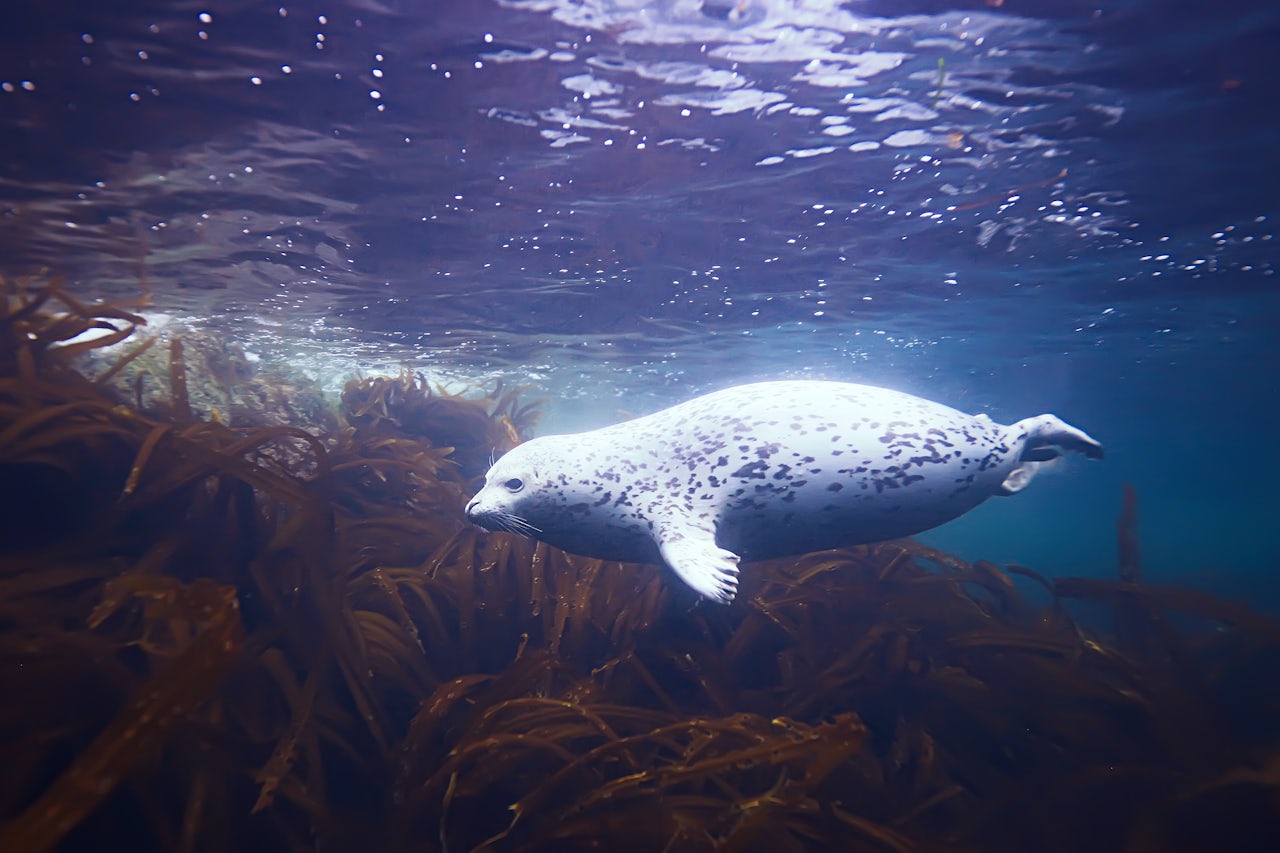The ocean covers 70 percent of the world’s surface and on average, is 2.3 miles deep, making it very difficult to explore — so difficult, in fact, that human beings have only seen a tiny fraction of it. But even without ever having laid eyes on it, we have still managed to destroy most of the ocean’s “wilderness,” according to a new study out Thursday in the journal Current Biology.
The study, led by researchers from The University of Queensland, Australia, found that just 13.2 percent of ocean wilderness remains globally, most of it in the high seas in the Arctic, Antarctic, and around remote Pacific Island nations. And just under 5 percent of those wild places — which, spanning roughly 33.5 million square miles, are genetically diverse, home to endemic species and may be more resilient to the impacts of climate change — are actually in protected areas.
“Just how little remains was surprising,” said Kendall Jones, a researcher at the University of Queensland in Australia and the lead author of the paper. Jones said that he and his colleagues had expected to find more untouched areas, at least in international waters. “The fact that we didn’t really highlights how far technology has come,” he said. “We’re getting better and better and getting out ot these far places and extracting resources.”
Quantifying 19 human stressors to the ocean, including pollution as well as commercial shipping and fishing, the scientists calculated which areas were least affected by human beings, and classified any areas falling in the bottom 10 percent as “wilderness.” They also accounted for the fact that climate change affects even the most remote marine areas due to ocean acidification, UV radiation exposure, and melting sea ice that had previously prevented fishing or shipping and warming water temperatures, which can kill wildlife and bleach coral.
One limitation, noted Jones, was that he and his colleagues had not accounted for plastic pollution, simply because there is not sufficient global data. With plastic included, the area classified as “wilderness” may be reduced even further, he said.
“There’s no place untouched,” said Douglas McCauley, a professor of marine science at The University of California Santa Barbara whose 2015 paper raised the alarm on the unprecedented harm humans were doing to the oceans.
McCauley said Thursday’s “striking” and “depressing” study should be taken as a wake up call for governments to work together quickly to designate which parts of the remaining ocean wilderness most needed protection.
“The real challenge here is searching within that 13 percent for remaining biodiversity,” McCauley said, adding that a “triage approach” was necessary to protect “the last special places in the ocean where biodiversity has the chance to keep doing what it’s been doing for millions of years.”
